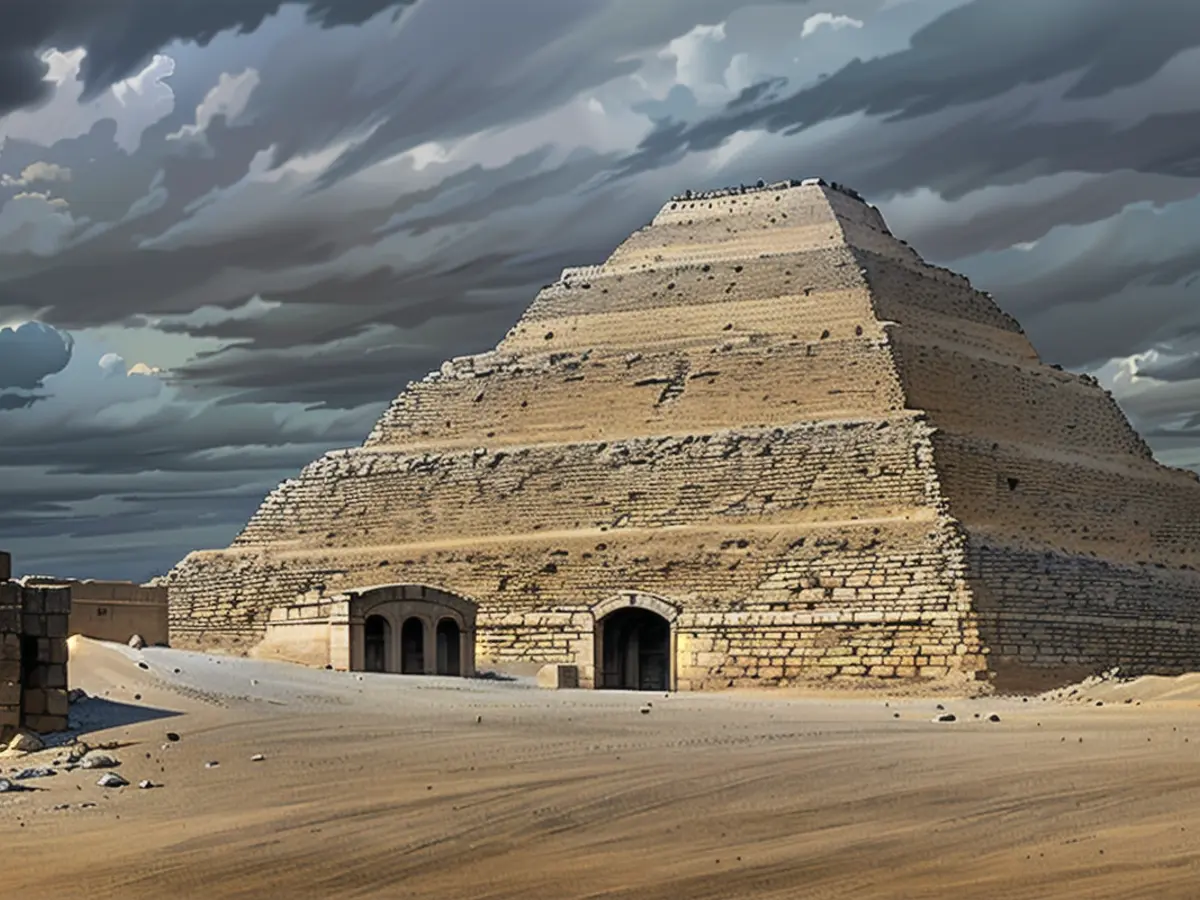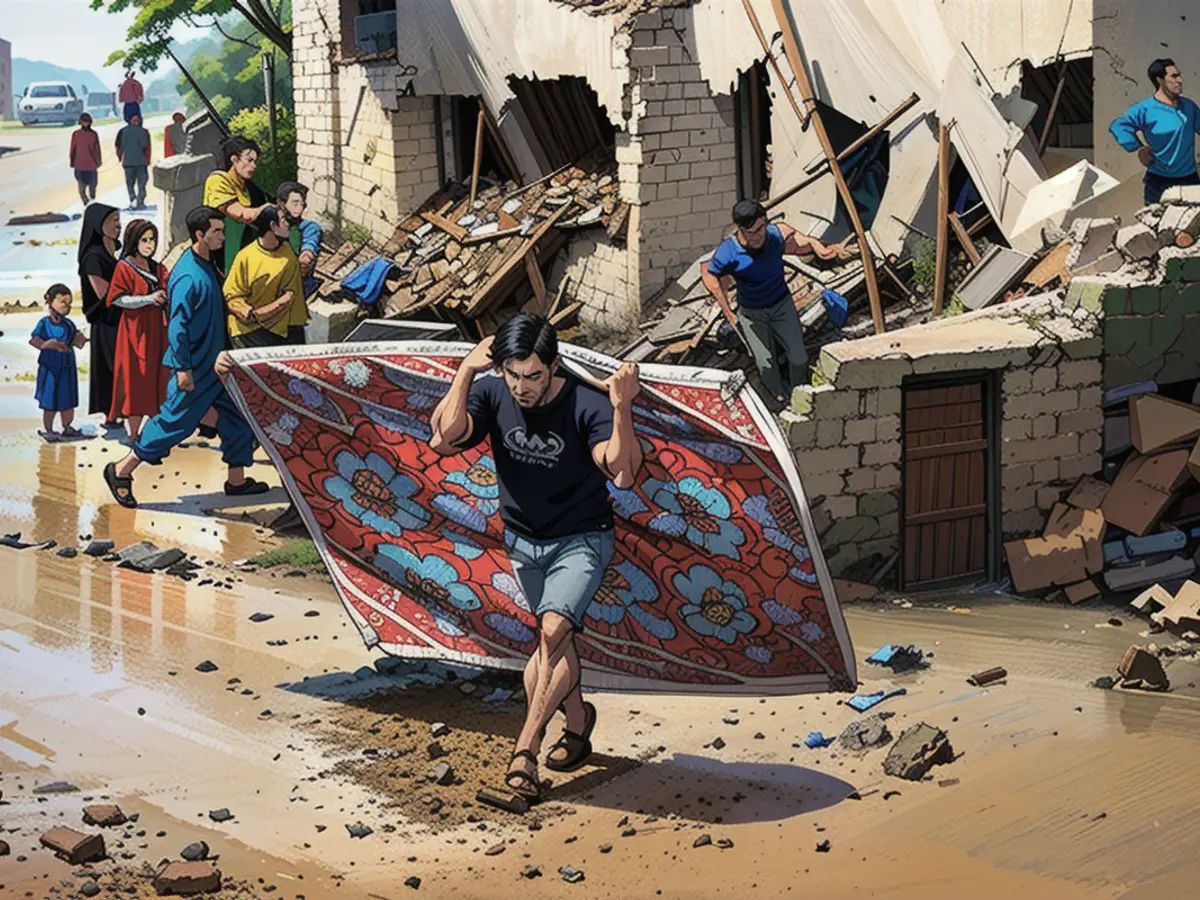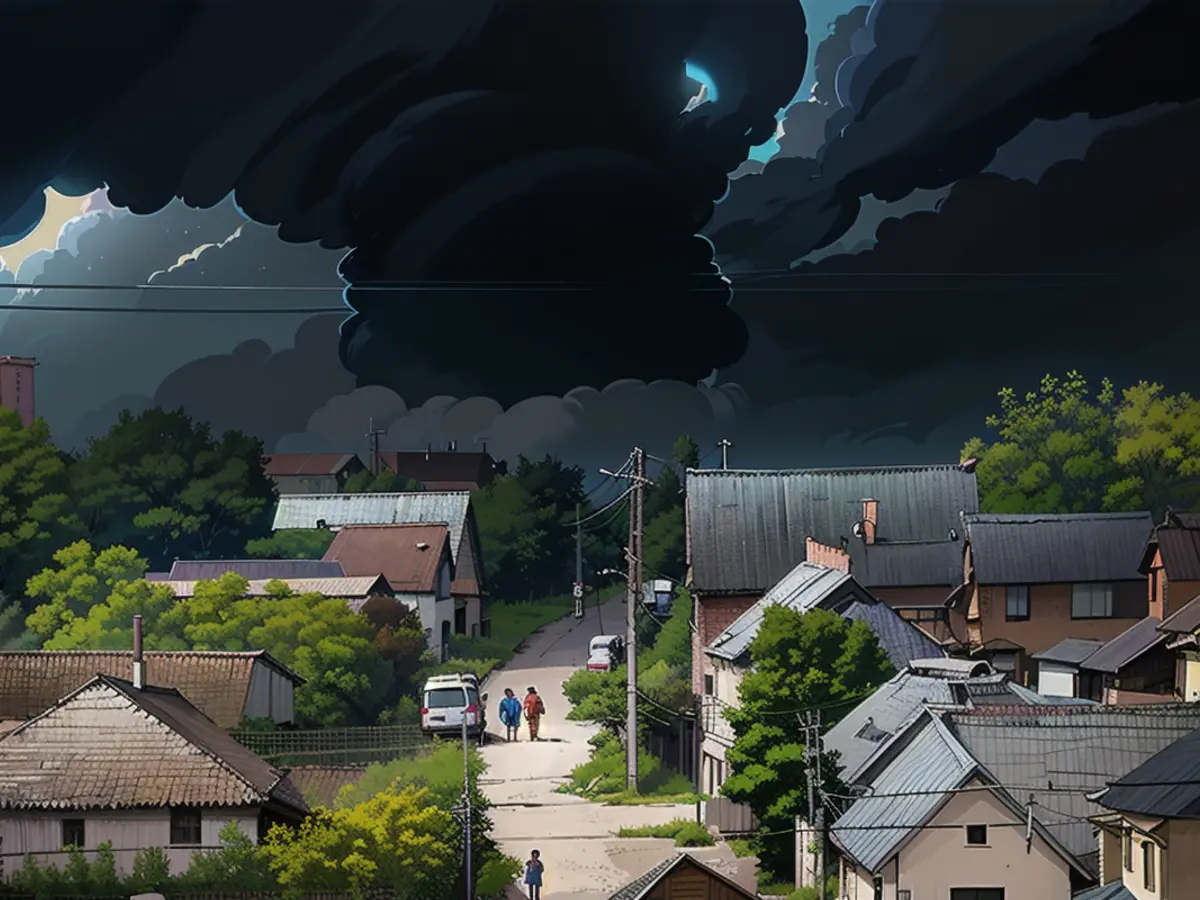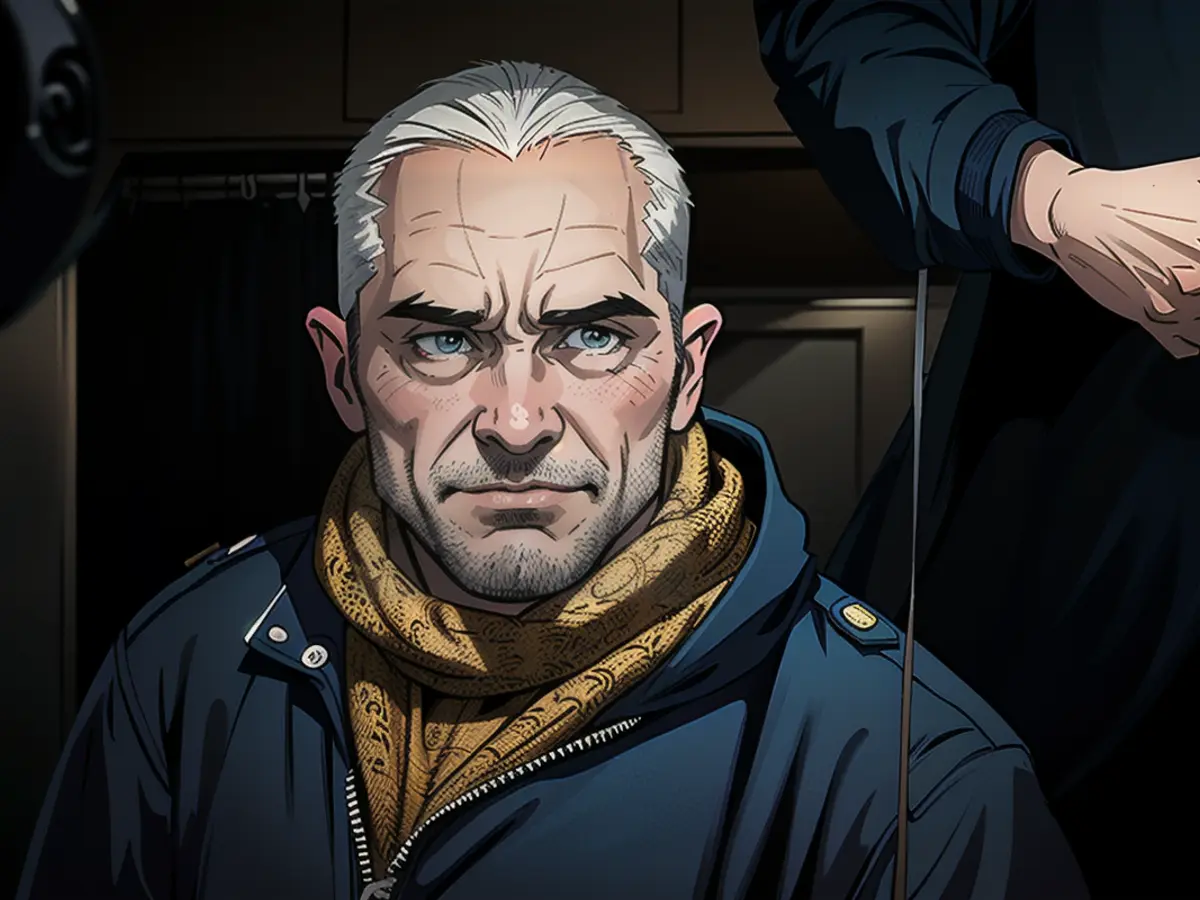Opinion: Gaza's Destruction Encompasses Both Physical and Psychological Aspects
A young kid wails in anguish at a makeshift medical facility located in southern Gaza. He is 7 years old and has burns on his back that are currently being cleansed and covered with salve. This process would typically be carried out in a hospital, under anesthesia, in optimal circumstances. However, after almost seven months of bombardment and missile strikes in Gaza, no conditions, not even those considered acceptable, are being met.
I am in Gaza on a humanitarian project with my organization, International Network for Aid, Relief and Assistance, which I established in 2015 when I was still a correspondent for CNN. We're establishing medical stations and expanding the number of shelters and camps we're engaged with.
Having worked in war-torn areas for the past 20 years, both as a reporter and a humanitarian, I've occasionally reminisced about moments in Iraq, Syria, Libya, and Afghanistan, recounting the sieges, starvation, and families being displaced in search of safety. As I try to pinpoint what sets Gaza's deterioration apart, I realize the answer is everywhere around me. It's the mental annihilation: The key distinction in Gaza is the unwavering continuity of the torture. Trauma begets trauma daily; there's no escape, not even momentary reprieve.
The incessant bombing is a weapon jabbed into the gaping wound of a broken mind. The soundtrack to every night and day is the nagging drone that taunts, "You think you have survived? Just wait; death is still on the horizon."
The little boy's distraught mother looks exhausted, holding her head in her hands as she murmurs - possibly to her son or herself - "It's okay, it's almost done."
However, it's not. She'll not take him home - their home no longer exists. What has replaced their home now is a tent infested with flies. She won't be able to treat him to ice cream as she did before the war. The looming threat of famine is a perpetual concern. The rations of food are limited to canned beans and lentils, and she is immensely appreciative of these resources. However, she is unable to share with him, "Everything's better. You're safe now." That lie would be so transparent, even the youngest kids would recognize the deception.
I can smell the odor of death and glance out through the tent flap. The scent is emanating from the remains of those who perished a week ago - their bodies have only just been found and brought to that field clinic to be placed in body bags and recorded. The littlest corpse is a toddler about the size of my arm. The other bodies consist solely of limbs - I catch a glimpse of a foot and half a leg. I notice a man in the corner, alone, sobbing softly. They are all that's left of his relatives, someone reports to me.
These are the recurring images of devastation and loss endured every day by Gaza's residents. Even those who remain unscathed bodily are frequently mentally fractured.
A 2022 study by Save the Children revealed that about 80% of children in Gaza reported feelings of sadness or depression as well as other negative emotions like grief and fear prior to the October 7, 2023, Hamas assault that instigated the fighting. Given the current circumstances, these figures have likely reached 100% - or nearly so. The parents and caregivers I've talked to describe their children as apprehensive, anxious, and irritable. They are prone to wetting the bed and lashing out, or alternatively, exhibiting heightened alertness and hysteria.
The issue is that one cannot alleviate the consequences of this type of trauma while it is ongoing every day. My small INARA team offers services across 13 shelters and makeshift camps. We provide everything from warm meals to washable underwear, but our primary focus lies in providing mental health and psychosocial activities for kids. These include group play, games, art, and other creative avenues.
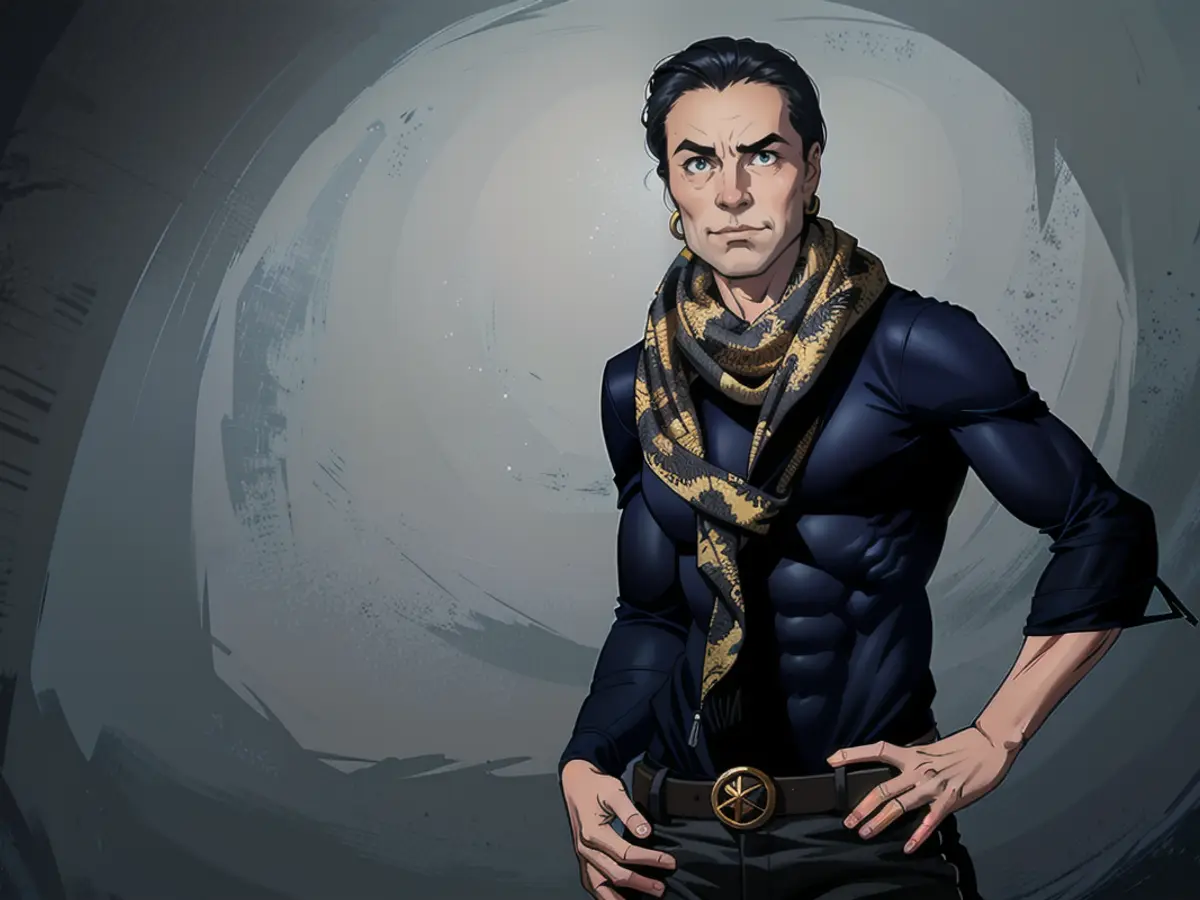
It implies that something else strongly ominous about the conditions of those who endure this war. While physical structures might one day be rebuilt, Gaza's citizens' delicate, broken minds can never fully recover. Operations and bandages could never mend Gazans' emotional loss or post-traumatic stress.
Children are skillful at communicating their emotions through play. The activities my team provides are emergency interventions trying to address not the body, but the soul. In other words, we attempt to create a brief diversion and offer children the small comfort of something enjoyable on the horizon.
The children's faces light up the moment our group arrives. This brings comfort for the adults as well, witnessing their offspring smile and laugh. The children's songs we play are loud enough to drown out the drones and the explosions in the background. As I watch them play, race each other, and perform various activities, I notice one little girl sitting on a pink plastic chair holding a doll in a shimmering green dress. She observes the others, yet her presence feels detached, lost in thought - a scenario I've encountered repeatedly, in both adults and children, physically present but not completely emotionally.
She reminds me slightly of a girl I encountered before, 4-year-old Ahmed, that I met several months ago in an Egyptian hospital where he had been medically evacuated. A large portion of his head is shaved. A long, angry scar that would make even Dr. Frankenstein shudder can be seen on his scalp under the hair that is beginning to grow back.
Ahmed is the only living member of his immediate family. He, his sister, and his parents were attempting to seek shelter when a nearby building was bombed. "We thought he was also dead," his grandfather, who was evacuated with him, told me. "But then ten days later, we found him in a hospital."
His grandfather is unsure of what happened to Ahmed in that time, what he witnessed, or if he heard his parents and his sister's cries of agony or if their deaths were instantaneous. Ahmed, who used to talk, has not uttered a single word since. However, he interacts. His eyes light up as I pull out books, plastic building blocks, and other toys for him. He smiles, a little bit. He gives me a high five. He waves.
I inquire with Ahmed's grandfather about how he is coping with the situation. "I can't think about any of this. I can't think about or mourn my son, my daughter-in-law, my granddaughter." He sighs and shakes his head. "I don't know what I am doing, where we are going, where life is going."
The up and down nature of positive developments in negotiations towards a ceasefire-hostage deal only adds to the mental anguish endured by Palestinians. Hope can be dangerous, becoming more intense with each time it is extinguished. After months of inaction, there are reports of a potential breakthrough in negotiations leading to a rise in hope, but also fear.
Israel has sworn to launch a large-scale ground invasion into Rafah in southern Gaza, where over a million Palestinians have taken refuge, if no deal is made for Hamas to release some of the 129 hostages they captured during the October 7 attack on Israel. Israel has been warned by allies, including the US, against undertaking such an operation because of the risk of numerous civilian casualties.

Prime Minister Benjamin Netanyahu said that a ground invasion will happen regardless. On Sunday, Netanyahu made a video statement accusing Hamas of making unacceptable demands during negotiations to release the hostages, and vowed that Israel would "continue the fighting until all its goals are achieved."
Just like the children they are trying their best to protect, adults struggle to handle the pain, fear, and anxiety that threaten to drive them mad. No one can comprehend the horror that Gazans have faced for more than half a year. It can be seen in their faces, especially in their lifeless eyes, and in their sluggish, robotic movements - how the past seven months have cut into everyone's soul.
"I'm driving through a sea of zombies," I morbidly think to myself as the car I'm in tries to maneuver through tents, stalls, donkey carts, and human traffic in southern Gaza.
At one stop, a mother grabs my arm. "My son, he's 7," she says. "Every night he screams and convulses. He's been doing this for two months. Since he witnessed the bomb that killed his younger sister."
I feel as if my mind has frozen. Not just at the horror of what she's describing, but in her matter-of-fact tone while sharing her story. She had been there too; she witnessed everything that unfolded. It hits me how deeply she has had to suppress her emotions to ensure they don't resurface. If they do, if she cracks, she will completely break.
She discerns my silence, as if she is reading my thoughts. "I have children who are still alive. They need me," she says in that same tone, her eyes full of sorrow.
Gazans will need time to recover and heal, but that doesn't mean forgetting. The psychological damage will not disappear completely. They must find a way to keep their scars in check, hoping that someday they won't be so debilitating.
A few days after this encounter, I'm on a bus taking us across the no man's land between Rafah crossing and the Egyptian side. There are only a few of us international NGO workers; the rest are mostly women and children. Some carry medical papers; most have paid exorbitant fees of around $5,000 to companies that act as intermediaries and grant travel authorization.
As the bus door starts to close, a young man darts on board and grabs his mother's hands, kissing them. She and his sister are leaving, he is staying. The women sitting around her begin to sob softly as a deep sadness engulfs them all.
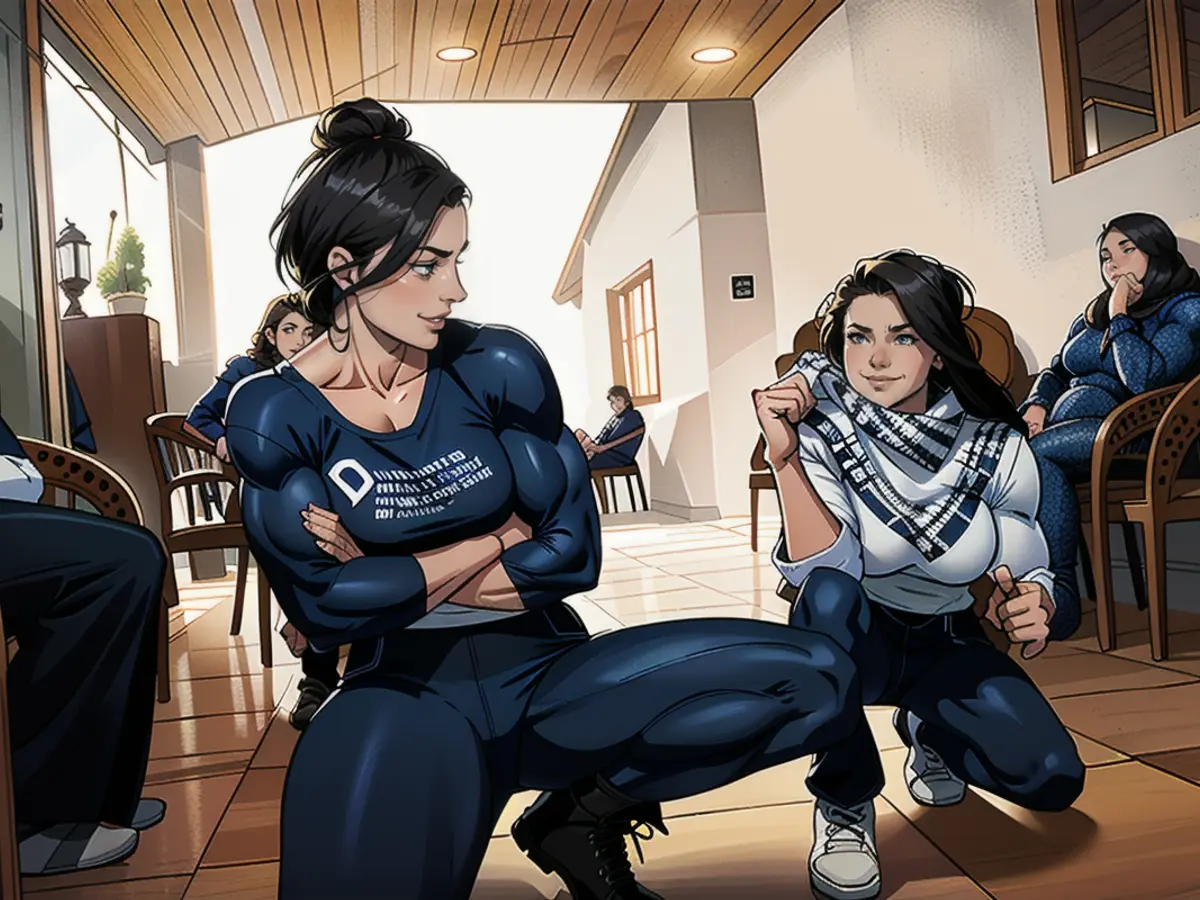
"Be safe, my child," I hear her whisper. "Remain alive."
Read also:
- This will change in December
- Dikes withstand water masses so far - Scholz holds out the prospect of help
- Fireworks and parties ring in 2024 - turn of the year overshadowed by conflicts
- Attacks on ships in the Red Sea: shipping companies avoid important trade route
Source: edition.cnn.com


